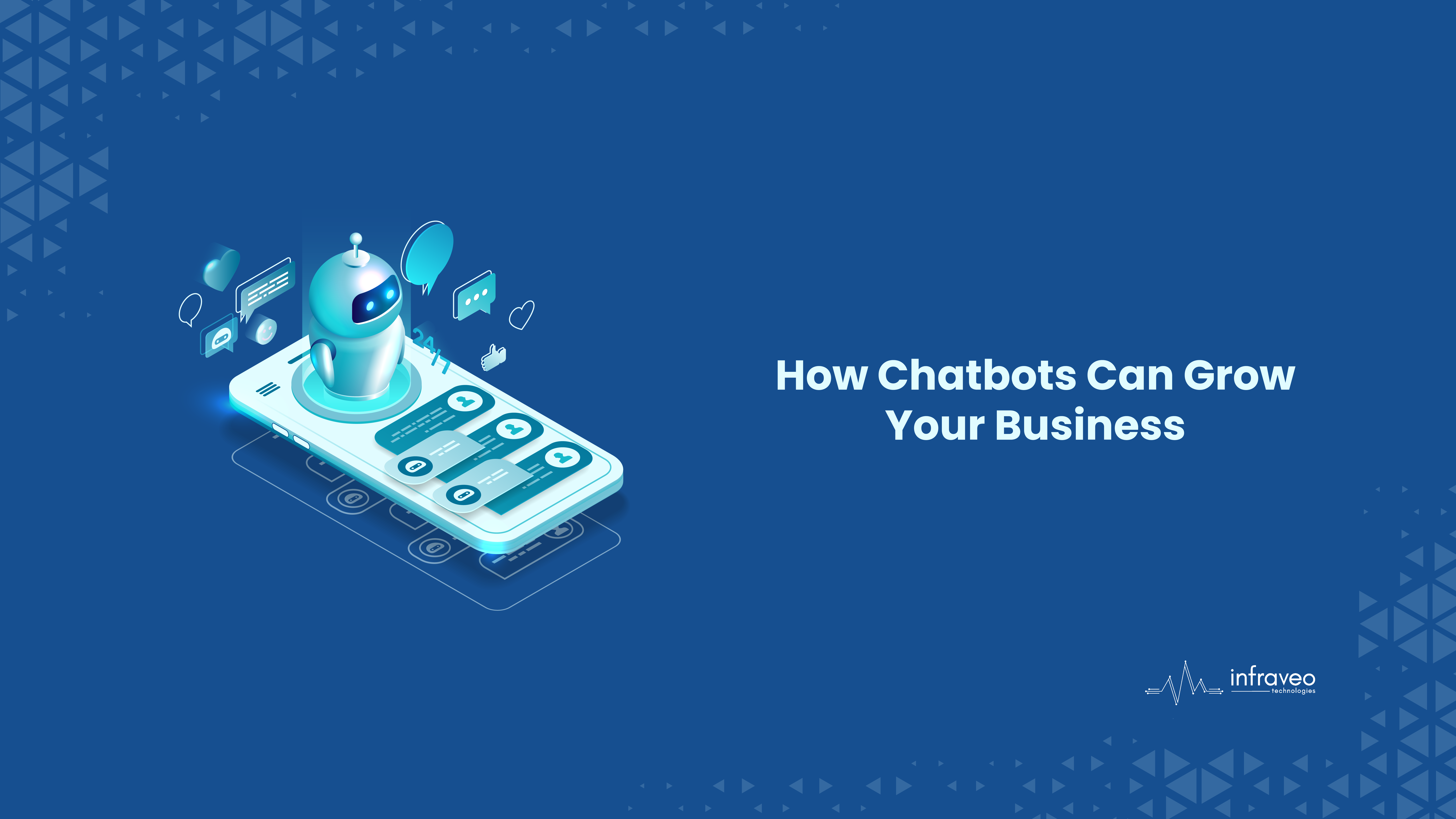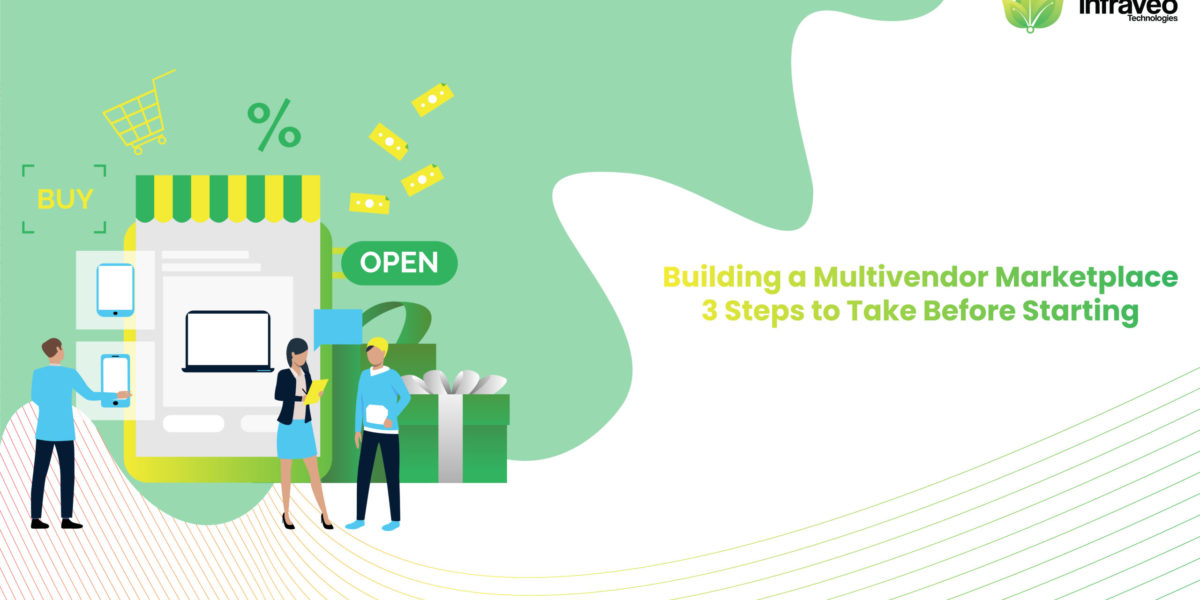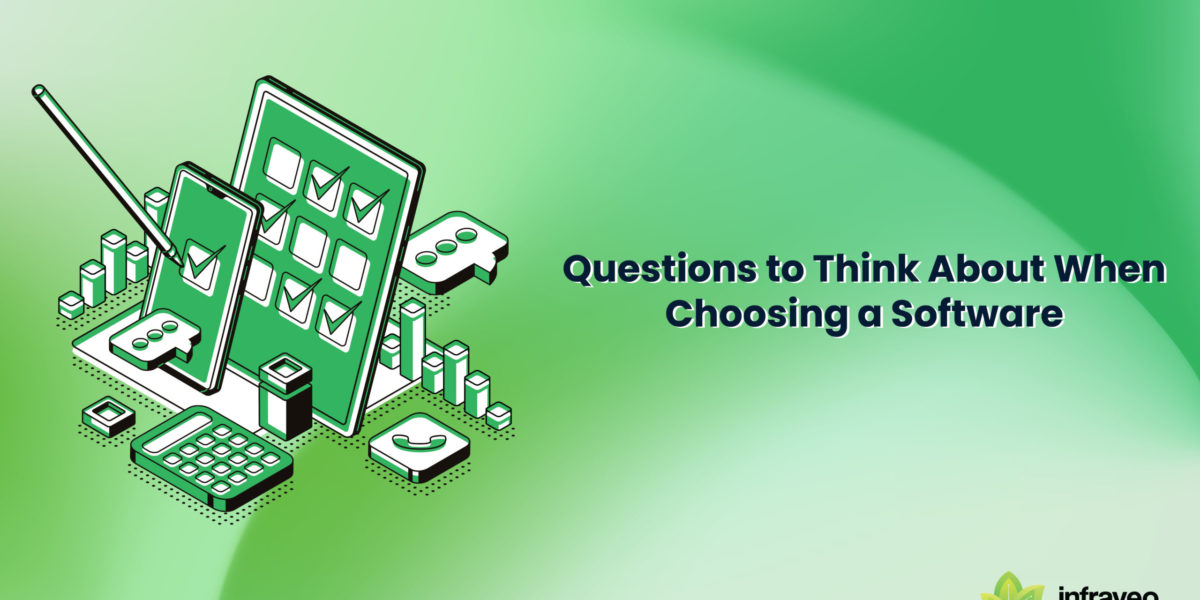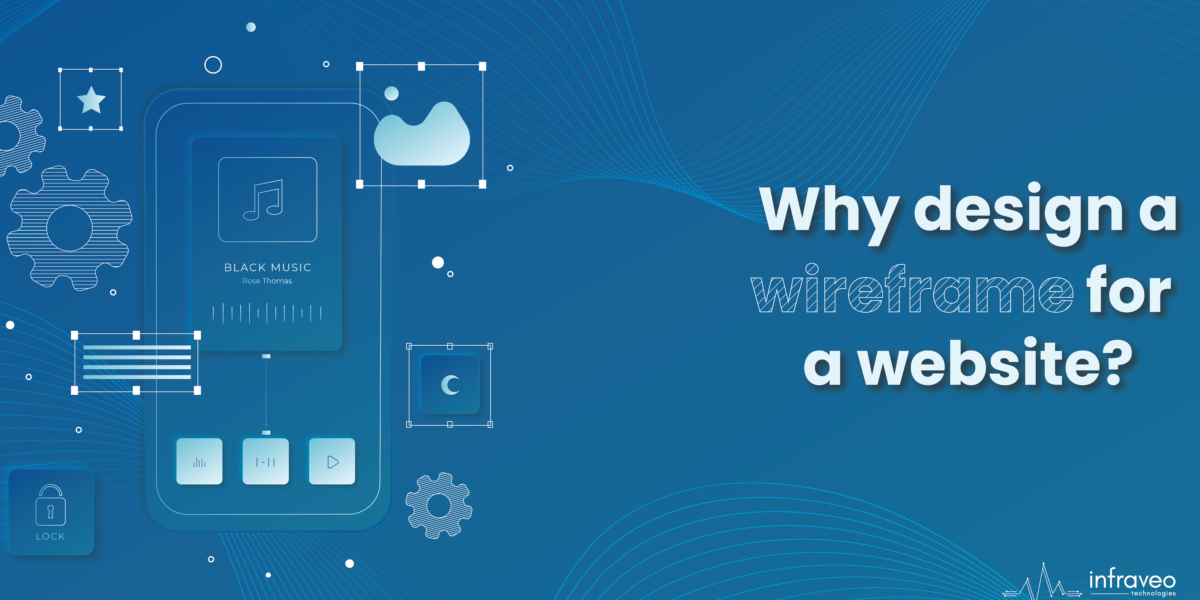Introduction
A chatbot is a software program designed to simulate conversations with human users. Chatbots are used in customer service and many other industries and can perform tasks that are too complex for humans to handle. The most common application of chatbots is in the world of e-commerce, where they help customers with questions about products and services before they buy or sign up for an account.
Several types of chatbots are available today; some use natural language processing (NLP) techniques such as machine learning while others use simpler methods such as keyword tags or simple question/answer loops. Whatever your needs may be, it’s important to understand how to build a good bot before trying to code one!
Understand the need
The first step in building a chatbot is understanding its purpose of it and its target audience. Understanding these two things will help you create a solid plan for building your chatbot.
You should also know who will be using your chatbot, so that you can make sure they are relevant to your business goals as well as their needs. If they need help with something specific, such as scheduling a meeting or finding information on certain products or services, then having an automated way for them to do so is ideal!
Write sample conversations
The first step in building a chatbot is to write sample conversations. You will use these sample conversations to train your chatbot and help it learn how to respond to user input.
- Identify the most important questions, then write them down as sentences or paragraphs. For example: “Can I get directions?” or “What’s the weather like today?”
- Write out each intent of each question that you want answered by your chatbot (e.g., getting directions). These might include things like: “Where can I find XYZ restaurant?” or “What time does this bus leave for NYC?”
- Write out all responses from each intent with examples of what other answers might be given by various bots.
- Use these responses as examples when training your own bot.
Create a list of training phrases per intent
The first step to building a chatbot is to make sure you have enough data for it to learn from. This means that your training phrases should represent all intents, as well as their variations (e.g., “I’m going to buy a car”).
You can use this free tool from Google BigQuery or similar services like Amazon Redshift or Microsoft Azure SQL Database. These tools allow you to select which questions in your dataset are relevant for training and then upload them into the database where they will be stored forever so that you can access them later when creating your chatbot script or app UI.
Designing and developing
Start with a simple conversation flow. This will provide immediate help to your customers, but you’ll need an advanced design if they want to discuss more complex issues. Then build a conversational system based on your storyboard and dialogue flow. You can use one of many NLP APIs tools to build such a system. But as you implement machine learning, you’ll need to change or mix-up the architecture in some way.
App Integration
When we speak about chatbot architecture, the most basic part of it is the knowledge base. The knowledge base is the information you have collected concerning your business goals and various other things. Knowledge bases are useful because they save time that you would have otherwise wasted on thinking of appropriate responses to every customer query.
A chatbot with a dedicated knowledge base can provide more personalized and accurate responses for your customers. It eliminates the need for custom coding every time there is a change in the customer services or the product catalog.
Platforms supporting chatbot development
Developing conversational interfaces using AI has moved beyond script generation and is being applied to a range of customer purposes. Many companies are creating chatbots to automate workflows, while others are creating chatbot experiences to provide an automated way for customers to interact with them.
Nowadays, building a chatbot is easier than ever. There are AI based tools and frameworks that allow even the non-technical users to build conversational interfaces. These tools are created taking into consideration all the features your chatbot will need and hence, you can create functional, engaging, and personalized bots effortlessly. Some of these chatbot development tools include Chatfuel, Flow XO, Octaine.ai, Botsify, QnA Maker, Bottr, etc.
Also, if you are interested in developing your own chatbot and you are a software developer, you can use a dedicated development framework.
Implement dialogue flows in Chatbot
When the chatbot software receives an incoming request, it maps the question to different classes. The classes are responsible for analyzing the underlying meaning of a text query and sending an appropriate response to an incoming message. Keep in mind that a conversation is based on both intents and entities, so the dialogue flow must be aware of a specific vocabulary and grammar structures.
Testing & deployment
The final phase in chatbot building is testing and deployment. While building, collect data for further analysis. Monitor real-time experiments with the chatbot to assess its performance. No matter how smart the bot is, your users won’t stick around if they don’t get answers they need.
To sum up
Bots can learn, so they are flexible to use by default. After the initial set-up, the bots can hold on to a conversation with any customer without much modification. The most important fact about chatbots is that with their support, the staff members can concentrate on providing advice and services to different customers without being bombarded with repetitive questions. Businesses that have not yet made an investment in chatbots may find these facts compelling enough for them to seriously consider making one.




